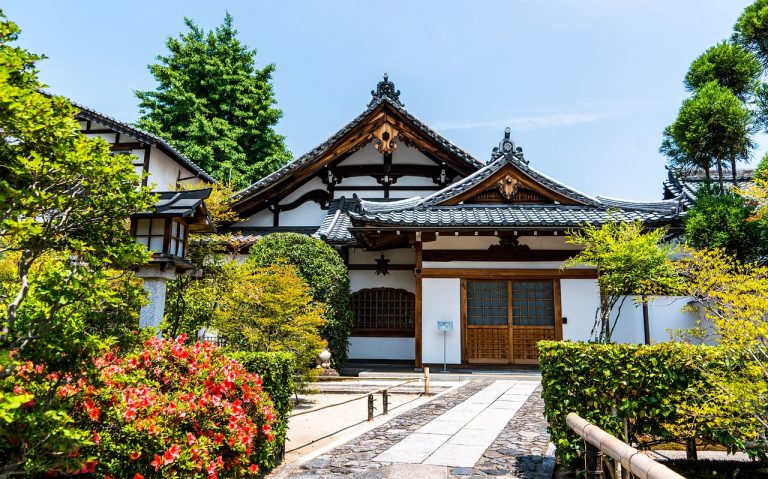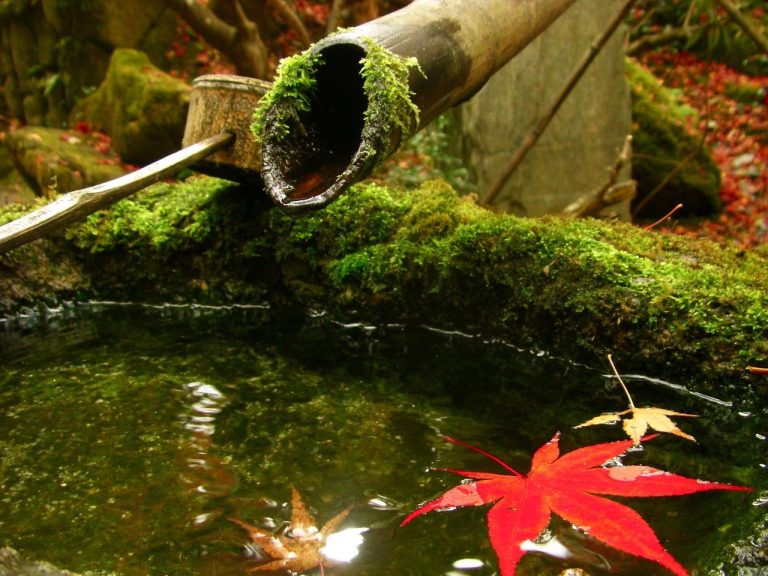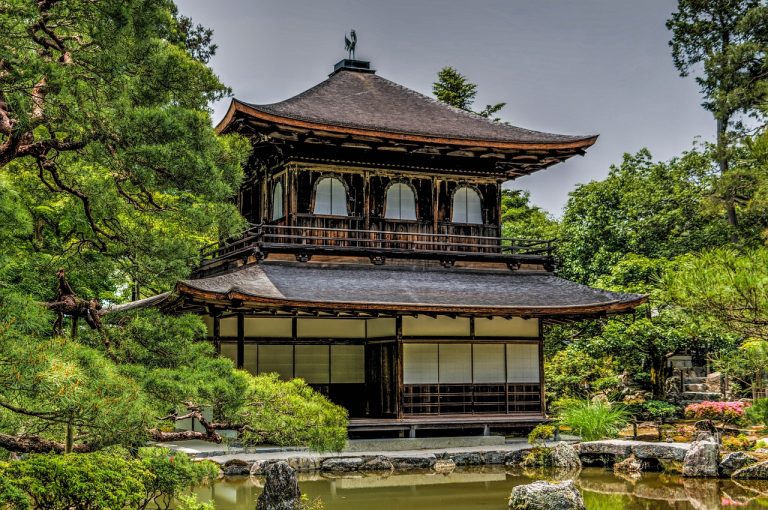Kyoto Japan Video
Mythical Creatures of Kyoto
Kyoto, Japan is a city steeped in history and rich with cultural traditions. Among the many fascinating aspects of Kyoto’s heritage are the local myths and legends that have been passed down through generations. These tales often feature mythical creatures that are believed to inhabit the city and its surroundings. Here are some of the most prominent mythical creatures of Kyoto:
- Kappa: These mischievous water spirits are said to reside in rivers and ponds. Kappa are known for their beak-like mouths, webbed hands, and a hollow cavity on top of their heads that holds water, their source of power. They are notorious for playing pranks on humans and are often depicted as both dangerous and protective.
- Tengu: Tengu are legendary creatures with both human and bird-like features. They are known for their long noses and are often portrayed as skilled warriors or mountain hermits. Tengu are associated with the protection of forests and are believed to possess supernatural powers.
- Yamabiko: The Yamabiko is a creature that echoes human voices in the mountains. It is said that when a person shouts in the mountains, the Yamabiko will repeat their words. This phenomenon has given rise to the belief that mountains have spirits that can communicate with humans.
Kyoto Japan Image 1: 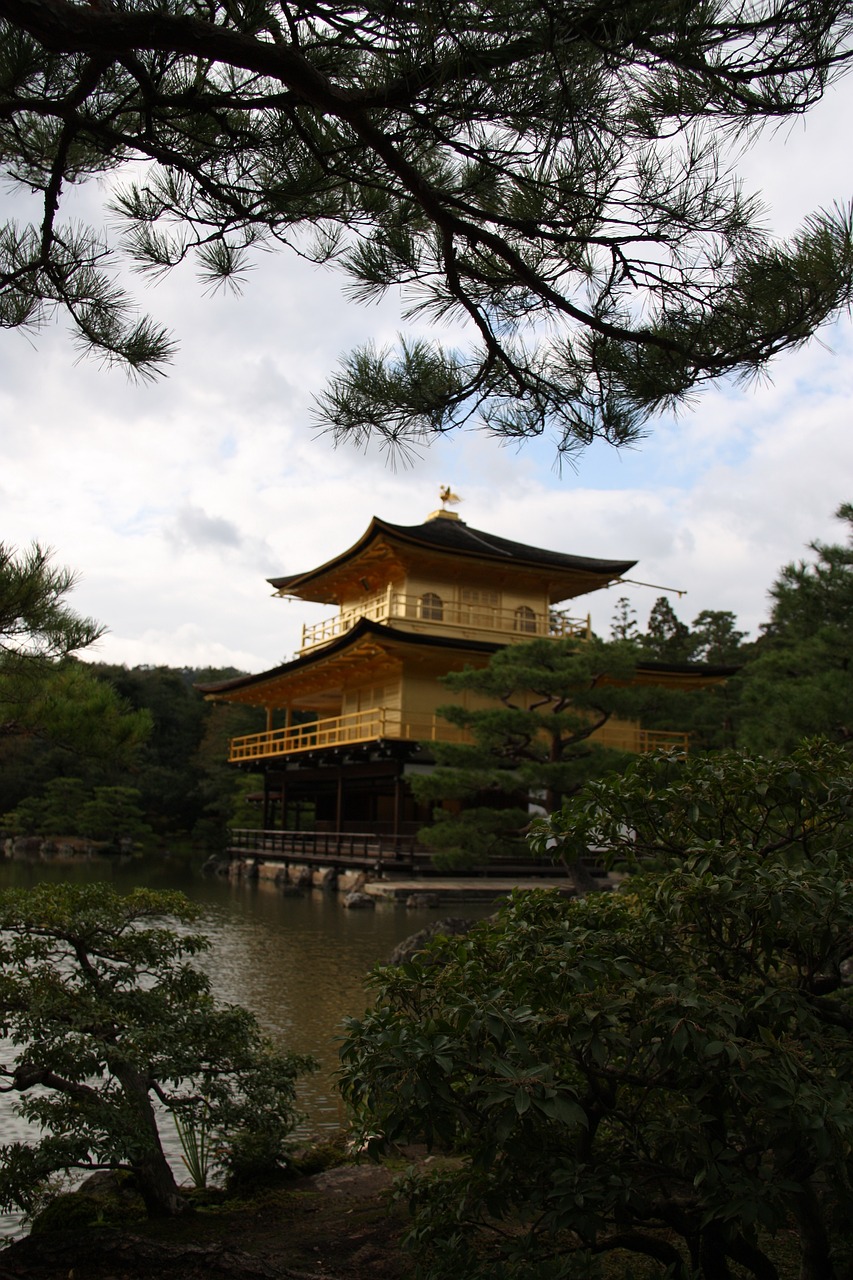
Legends of Historical Landmarks
Kyoto is home to numerous historical landmarks, each with its own unique stories and legends. These legends often add an air of mystery and intrigue to the city’s iconic sites. Here are some of the most famous legends associated with Kyoto’s historical landmarks:
- Kinkaku-ji (Golden Pavilion): According to legend, the Golden Pavilion was originally built as a retirement villa for a shogun. After his death, it was converted into a Zen temple. The legend tells of a young monk who became obsessed with the beauty of the pavilion and set it on fire, resulting in its destruction. The current structure is a reconstruction.
- Kiyomizu-dera (Pure Water Temple): Legend has it that a monk named Enchin had a vision of a waterfall while praying for water sources for the temple. Inspired by the vision, he found a spring and established Kiyomizu-dera. The temple’s name, which means “pure water,” is derived from this legend.
- Fushimi Inari Taisha: This famous Shinto shrine is dedicated to the deity Inari, the god of rice and agriculture. According to legend, the foxes, which are believed to be messengers of Inari, have the ability to shape-shift into humans. Visitors often encounter stone fox statues throughout the shrine grounds.
Kyoto Japan Image 2: 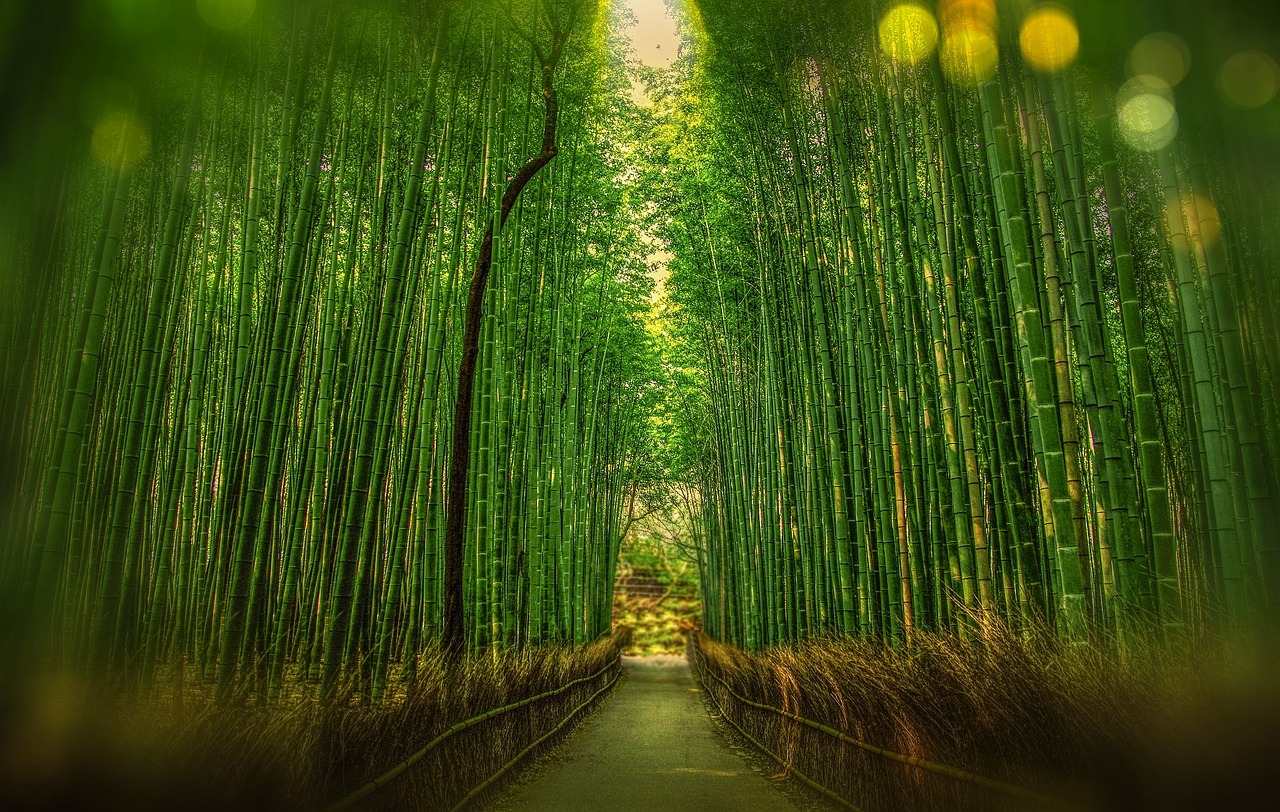
Supernatural Folklore
Supernatural folklore plays a significant role in Kyoto’s cultural heritage. These tales often revolve around supernatural beings and phenomena that have been passed down through generations. Here are some examples of supernatural folklore in Kyoto:
- Yurei: Yurei are traditional Japanese ghosts that are often associated with tragic or untimely deaths. Kyoto is said to be home to many yurei due to its long history and the numerous battles that have taken place within the city.
- Onryo: Onryo are vengeful spirits seeking revenge for past wrongdoings. One famous onryo in Kyoto folklore is the spirit of Lady Rokujo, who is said to have haunted her former lover and his new mistress.
- Ubume: Ubume is a supernatural being often depicted as a ghostly woman carrying a baby. Legend has it that these spirits appear to travelers, seeking help in taking care of their child before disappearing.
Local Legends and Heroes
Local legends and heroes are an integral part of Kyoto’s folklore, often celebrated through festivals and performances. These tales honor individuals who have made significant contributions to the city’s history. Here are some notable local legends and heroes of Kyoto:
- Miyako no Yoshika: Miyako no Yoshika was a legendary warrior and hero of Kyoto. He was known for his exceptional swordsmanship and bravery. Yoshika played a crucial role in defending Kyoto against invading forces during the Heian period.
- Yamato Takeru: Yamato Takeru was a mythical prince and hero of ancient Japan. Legend has it that he possessed extraordinary strength and courage. He is believed to have saved Kyoto from disaster by slaying a giant serpent that was terrorizing the city.
- Murasaki Shikibu: Murasaki Shikibu was a renowned author and poet who lived in Kyoto during the Heian period. She is best known for writing “The Tale of Genji,” often considered the world’s first novel. Her literary contributions have made her a beloved figure in Kyoto’s cultural history.
Kyoto Japan Image 3: 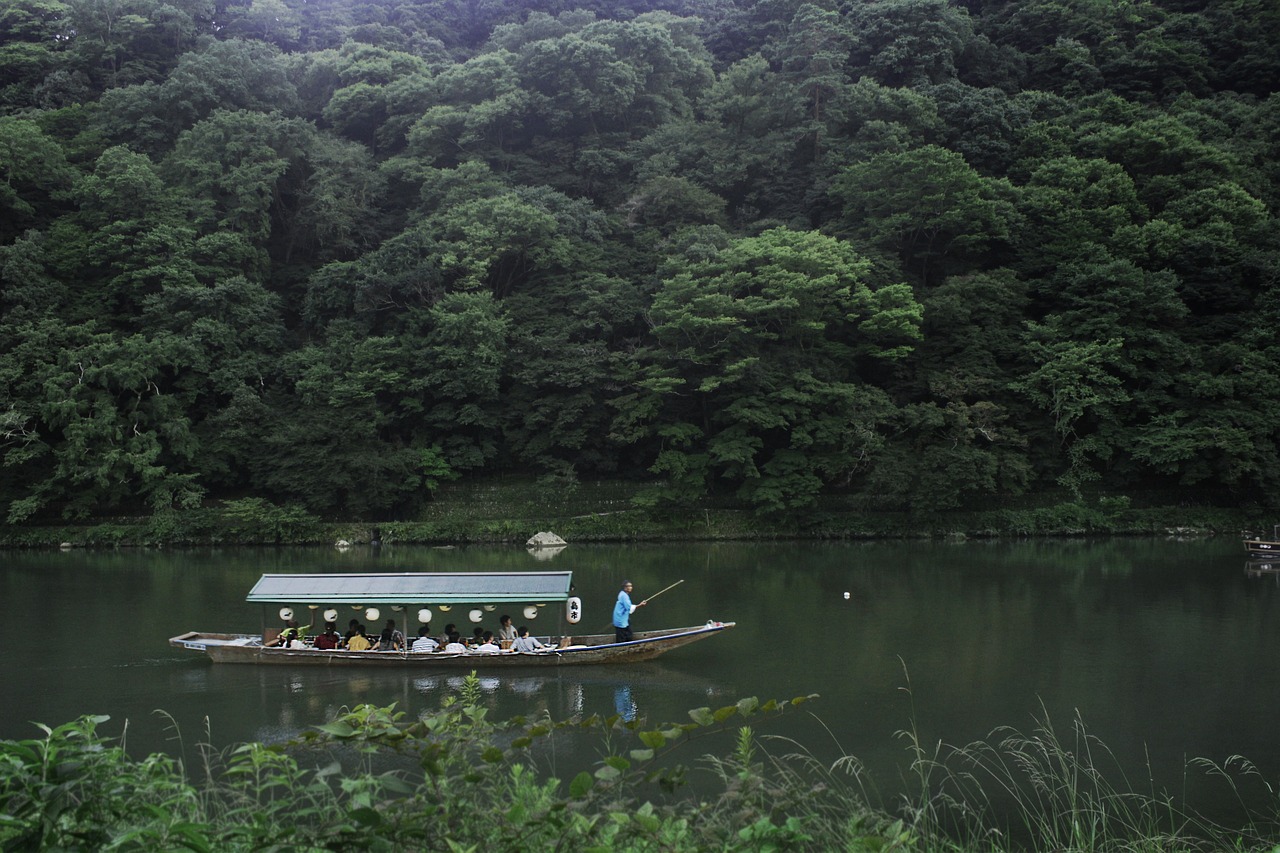
Supernatural Creatures in Nature
Kyoto’s natural landscapes are said to be inhabited by various supernatural creatures. These mythical beings are believed to protect and preserve the natural beauty of the city. Here are some supernatural creatures associated with Kyoto’s nature:
- Kodama: Kodama are tree spirits that are said to reside in the forests surrounding Kyoto. They are often depicted as small, white-haired creatures with a mischievous nature. Kodama are believed to bring good fortune to those who treat the forests with respect.
- Tanuki: Tanuki are shape-shifting creatures resembling raccoon dogs. They are known for their mischievous and playful nature. Tanuki are believed to possess magical powers and are often associated with prosperity and good luck.
- Kitsune: Kitsune are intelligent foxes with shape-shifting abilities. They are often portrayed as tricksters or messengers of the gods. In Kyoto, kitsune are particularly associated with the Fushimi Inari Taisha shrine.
Haunted Places in Kyoto
As a city with a long history, Kyoto is rumored to have several haunted places where supernatural phenomena have been reported. These locations often attract thrill-seekers and paranormal enthusiasts. Here are some of the haunted places in Kyoto:
- Mibu-dera Temple: Mibu-dera Temple is said to be haunted by the ghosts of samurai warriors who died during the Battle of Toba-Fushimi. Visitors have reported hearing ghostly sounds and witnessing apparitions within the temple grounds.
- Okazaki Shrine: Okazaki Shrine is known for its eerie atmosphere and reports of paranormal activities. It is believed to be haunted by the spirit of a woman who tragically died at the shrine and now wanders the premises.
- Gion District: The historic Gion district is rumored to be haunted by the ghosts of geishas and maikos from the past. Visitors have claimed to see apparitions and hear faint music and laughter echoing through the streets.
Mythical Art and Crafts
Mythical creatures and legends have inspired various forms of art and crafts in Kyoto. These creations often reflect the rich folklore and traditions of the city. Here are some examples of mythical art and crafts in Kyoto:
- Kyogen Masks: Kyogen masks are traditional masks used in comedic performances. Some of these masks depict mythical creatures such as kappa and tengu, adding a touch of fantasy to the performances.
- Yuzen Kimono: Yuzen kimono is a traditional Kyoto textile artform that often features intricate designs inspired by nature and mythical creatures. These hand-painted kimono are highly regarded for their beauty and craftsmanship.
- Kyoto Pottery: Kyoto is renowned for its pottery, which often incorporates mythical motifs and designs. One famous example is the Kiyomizu-yaki pottery, known for its vibrant colors and intricate patterns.
Conclusion
Kyoto’s local myths and legends add a touch of enchantment to the city’s already captivating cultural heritage. From mythical creatures to haunted places, these tales provide a glimpse into the rich folklore that has shaped Kyoto’s identity. Exploring these legends and stories can deepen one’s appreciation for the city’s history and traditions.
References
- kyototravel.com
- kyotoguide.com
- japan-guide.com


